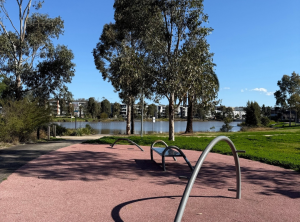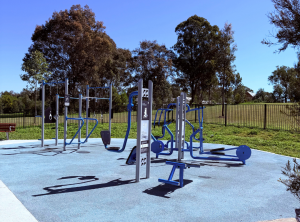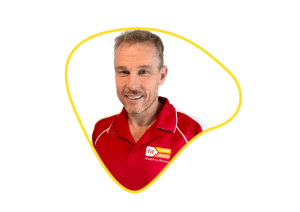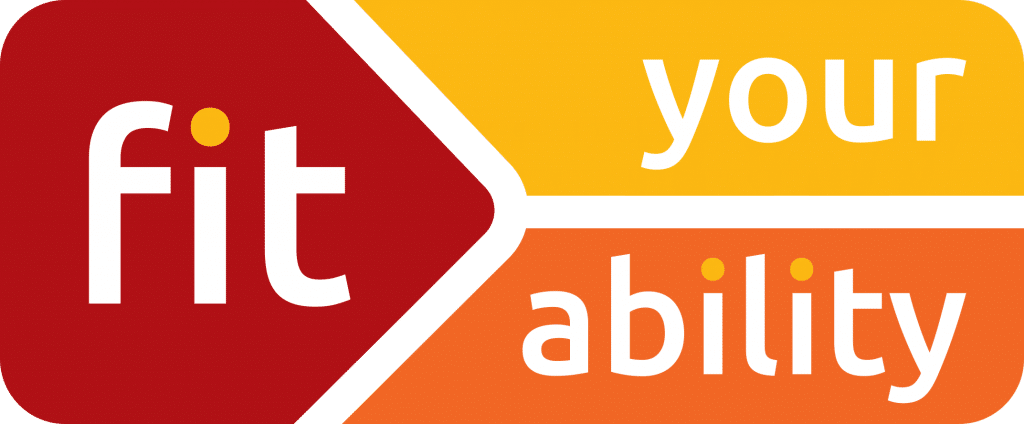Top Exercises for Below-Knee Amputees to Build Strength, Balance, and Mobility
Adapting to life after a below-knee amputation comes with challenges, but staying active is one of the most powerful tools for recovery. With the right exercises, you can improve your mobility, build strength, enhance balance, and boost your overall wellbeing. Whether you’re using a prosthesis or not, these exercises can be tailored to meet your current level of fitness and ability.
Need a dose of inspiration? Read how Tessa found fitness again after losing her leg. Her journey shows that it’s possible to overcome adversity and thrive through adaptive exercise and support.
In this guide, we’ll share safe and effective exercises specifically designed for below-knee amputees and explain how each one supports your journey to improved independence and confidence.
1. Seated Leg Extensions (Without Prosthesis)
Why it’s helpful:
This builds quadriceps strength, which is essential for standing, walking, and prosthetic control.
How to do it:
Sit upright in a sturdy chair.
Slowly extend your residual limb and hold for 3–5 seconds.
Lower with control and repeat 10–15 times.
Switch to your intact leg to maintain symmetry.
2. Balance Exercises with Prosthesis
Why it’s helpful:
Improves stability, helps prevent falls, and strengthens core muscles.
How to do it:
Stand near a wall or sturdy support.
Shift your weight onto your prosthetic leg while lifting your other foot slightly.
Hold for 10–30 seconds, then switch sides.
Repeat 3–5 times per leg.
3. Core Strengthening (Seated or Floor-Based)
Why it’s helpful:
Strong core muscles help you stay stable when walking or using a prosthesis.
Options:
Seated torso twists with a medicine ball.
Modified planks (on knees or elbows).
Leg lifts (for those able to lie flat comfortably).
4. Glute Bridges
Why it’s helpful:
Strengthens the glutes and hamstrings, which support walking and standing.
How to do it:
Lie on your back with both knees bent (prosthesis off).
Push through your heel to lift your hips.
Squeeze your glutes and hold for 2–3 seconds.
Lower slowly and repeat 10–15 times.
5. Walking and Gait Training
Why it’s helpful:
Re-trains your walking pattern, improves posture, and builds endurance.
How to do it:
Practice walking short distances on even surfaces.
Work with a physiotherapist or certified trainer to correct form.
Focus on symmetrical steps and controlled movements.
6. Step-Ups (With Support)
Why it’s helpful:
Improves leg strength and mimics real-life stair navigation.
How to do it:
Use a low step and hold onto a rail or stable surface.
Step up with your intact leg, followed by the prosthetic.
Step down slowly and repeat 8–10 times per leg.
Tips for Success
Warm up and cool down every session.
Start slow and focus on proper form.
Work with a professional (personal trainer, physio) familiar with amputee needs.
Celebrate small wins. Progress takes time.
How Fit Your Ability Can Help
At Fit Your Ability, we offer personalised support for amputees of all ages and abilities. Our experienced trainers and support workers can help you build a routine that’s safe, effective, and adapted to your unique goals—whether you’re at home, in our studio, or in the community. We believe in making fitness accessible to everyone, regardless of their mobility level. Let’s work together to build your strength, confidence, and independence. Call 1800 783 678 or Book a FREE consultation below!
Related Posts

Inclusive Fitness in Jordan Springs Village Centre Lake
Inclusive Fitness in Jordan Springs Village Centre Lake If you’re looking for inclusive fitness options in Penrith, the Jordan Springs Village Centre Lake is the

David Currie Playspace: An Accessible Exercise Park in St Clair
David Currie Playspace: An Accessible Exercise Park in St Clair If you’re looking for an inclusive and accessible place to enjoy the outdoors in Western

Join Million Moves Now
Join Us for Million Moves 2025! Did you know 75% of Australians don’t get enough movement to meet the minimum exercise requirements?For people living with
